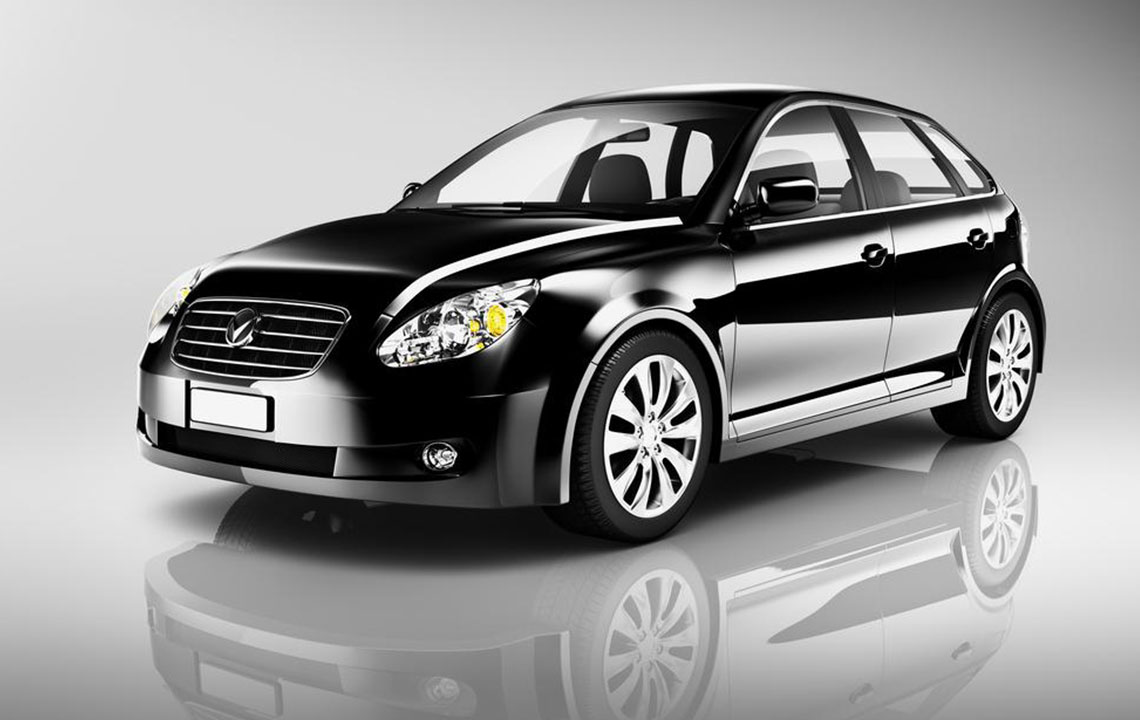Smallest Compact Cars
In large, bustling cities that come with the typical lack of space, huge traffic jams during rush hours and mismanaged parking spots, compact cars really do make a world of difference. Small, compact cars can help slip through short, narrow lanes, though perhaps not as well as a two wheeler would. The aim is to spot that one compact car that focusses on all your needs and also helps stay sane in the city traffic and can squeeze into the shortest drive ways.

One of the smallest cars was seen in the UK, the original Smart Fortwo that could be parked at right angles to the kerb. It was long instead of being wide. Here are other similar compact cars to consider:
Renault Twizy hatchback
Perhaps the tiniest, narrowest car in its segment, the RenualtTwizy is only 2,338mm long and has a seating arrangement wherein passengers sit one behind another. A kitschy all-electric car, the Renault Twizy has no side doors or windows, but it certainly is eye catching. A standard, Spartan interior with a tweak makes this vehicle little more practical than a two wheeler like a scooter. The interiors tend to get cold in the winter month, but summer months are comfortable. It is a tiny vehicle, probably not the most practical for someone looking for a compact car in the broadest send of the word. It’s easy to clean though!
Smart ForTwo hatchback
Smart ForTwo is probably the first car one thinks of when talking about compact cars. It is hard to imagine how Smart managed it – even the latest, slightly larger model is very tiny. From nose to tail, the car measures about 2,695mm and happens to be just small enough for perpendicular parking. The name Smart ForTwo itself suggests that it has a seating for two people only, while its bigger contemporary, the Smart ForFour seats about 4 people and is bigger in size with a surprisingly large boot that is comparable to the Ford Fiesta.
The Smart ForTwo, however, comes with a clever crosswind assistant that helps the vehicle remain unaffected as it drives through winds at a high speed.















